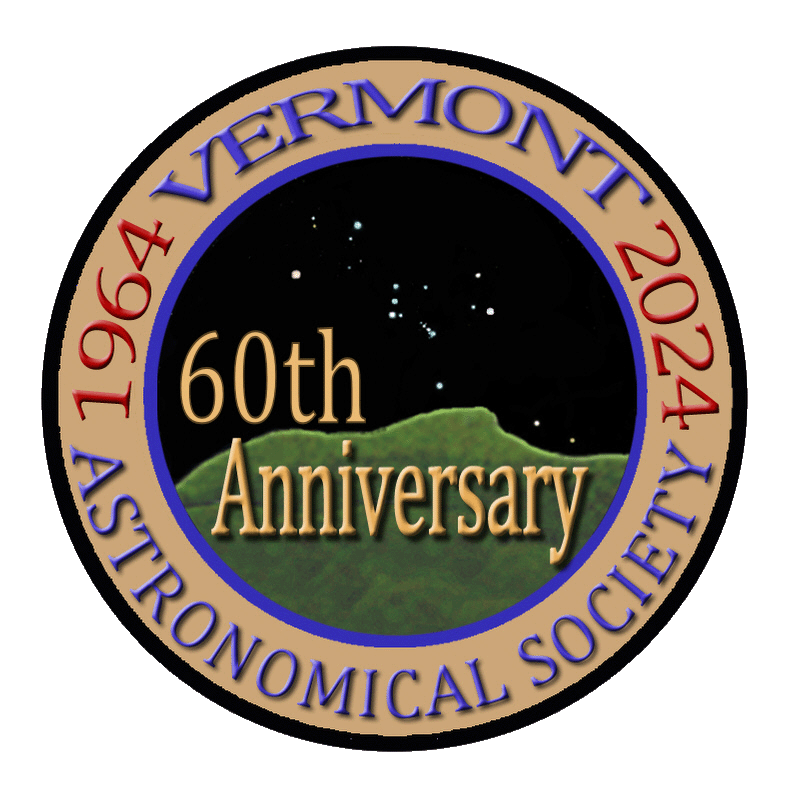The Crab Nebula is a supernova remnant (SNR) in the constellation Taurus and is about 6,500 light years (ly) from Earth. At the center of the Nebula is the highly energetic Crab Pulsar (a neutron star) spinning at about 30 times per second and emitting radiation spanning wavelengths from gamma rays to radio waves.
The supernova explosion that gave rise to the Crab Nebula was first observed by Chinese astronomers in 1054 who called it a “guest star”, so bright that it was visible during the day.
M1 is called the Crab Nebula because early drawings of the object viewed through large telescopes resembled a crab with its jutting appendages.
The first image here is my (feeble) attempt to reproduce the coloration of the image captured in a 24-panel mosaic taken by Hubble in December of 2005 with its Wide Field Planetary Camera 2 (WFPC2). (See https://esahubble.org/images/heic0515a/ for details.) As described at the ESA Hubble site, the colors in the image represent the gases expelled during the supernova explosion, with blue representing neutral oxygen, green representing singly ionized sulfur (SII), and red representing doubly ionized oxygen (OIII).
The colors in the second image are from my original SHO (SII, H-alpha, and OIII) image blended with an RGB/luminance image, where the outer shell is largely oxygen (OIII), sulfur (SII) is concentrated in the red/magenta areas, and the Ha and/or Ha-SII is represented largely by the yellow coloration. In this color scheme, the neutral oxygen at the center of the nebula is more neutral (whitish-gray) in color.
Capture Dates: 11/9, 11/12, 11/13/24
Equipment
EdgeHD 800 with 0.7x focal reducer @ 1422mm fL
Guidescope/Cam: Celestron OAG and ASI174mm mini
ASIAir Plus, ASI2600MM, ZWO AM5 mount, ZWO 7-position filter wheel
Filters:
Antlia 3nm Narrowband H-alpha 2": 54×300″ (4:30)
Antlia 3nm Narrowband Oxygen III 2": 54×300″ (4:30)
Antlia 3nm Narrowband Sulfur II 2": 54×300″ (4:30)
Antlia Pro-V RGB Filters: 141x60” (2:21)
Total Integration Time: 15:51
Processed with PixInsight and Adobe Photoshop.
Greg, Beautiful image. The coloring is perfect and very similar to the one I processed. The details are superb.
Terri
@terri Thank you, Terri! I've been wanting to image this for a long time, so I was very happy to have gotten the time on it I did.
Greg

